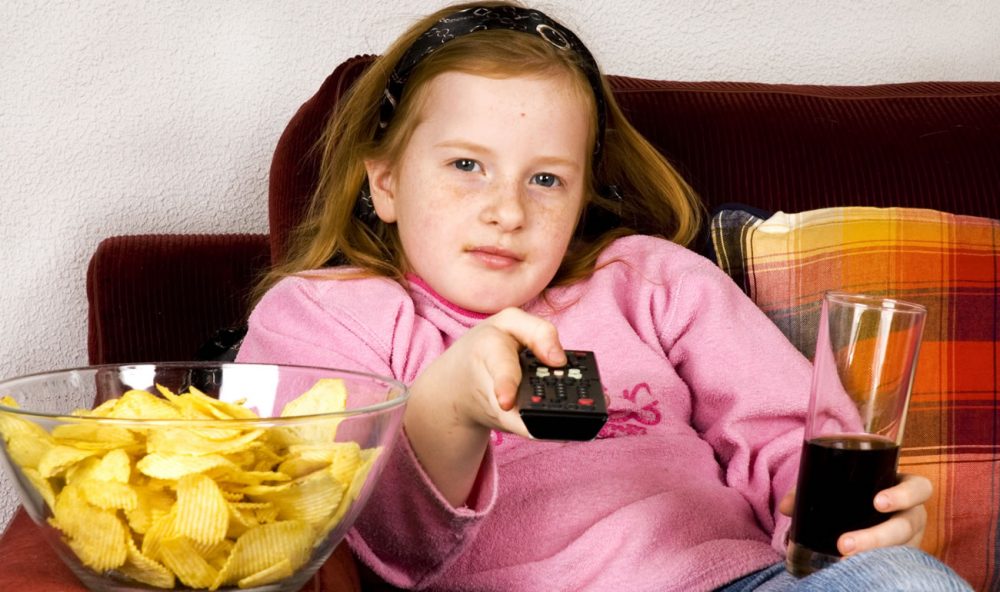The next generation faces a future of ill health, shortened lives, and an overstretched NHS.
Globally, in 2013 the number of overweight children under the age of five, is estimated to be over 42 million. Close to 31 million of these are living in developing countries.

| According to Alison Cox, Cancer Research UK’s director of prevention: Around 4,000 youngsters will become overweight or obese during primary school each year in the South West, and the Government had a chance to prevent this. |
Recommendations by WHO to Prevent Rise in Childhood Obesity
- Ensure that appropriate and context-specific nutrition information and guidelines for both adults and children are developed and disseminated in a simple, understandable and accessible manner to all groups in society.
- Implement an effective tax on sugar-sweetened beverages.
- Implement the Set of Recommendations on the Marketing of Foods and Non-alcoholic Beverages to Children to reduce the exposure of children and adolescents to, and the power of, the marketing
of unhealthy foods. - Develop nutrient-profiles to identify unhealthy foods and beverages.
- Establish cooperation between Member States to reduce the impact of cross-border marketing of unhealthy foods and beverages.
- Implement a standardized global nutrient labelling system.
- Implement interpretive front-of-pack labelling, supported by public education of both adults and children for nutrition literacy.
- Require settings such as schools, child-care settings, children’s sports facilities and events to create healthy food environments.
- Increase access to healthy foods in disadvantaged communities.
- Compulsory sports activity, both, indoor & outdoor for school children to curb food craving.
| A study of 8 European countries presented at this year’s European Congress on Obesity (ECO) in Sofia, Bulgaria, shows that children consuming a diet more in line with the rules of the Mediterranean one are 15% less likely to be overweight or obese than those children who do not. |

Preconception & Antenatal Guidance to Prevent noncommunicable diseases to reduce the risk of Childhood Obesity
- Diagnose and manage hyperglycaemia and gestational hypertension.
- Monitor and manage appropriate gestational weight gain.
- Include an additional focus on appropriate nutrition in guidance and advice for both prospective mothers and fathers before conception and during pregnancy.
- Develop clear guidance and support for the promotion of good nutrition, healthy diets and physical activity, and for avoiding the use of and exposure to tobacco, alcohol, drugs and other toxins.
The question is- Are Children Really to Blame for Their Obesity?
The Answer lies in, WHO recommendations, Children should conduct at least 600 metabolic equivalent minutes (Met minutes) of physical activity in any form– the equivalent of 150 minutes a week of brisk walking or 75 minutes of running. But the study suggested that most health gains were achieved at between 3,000 and 4,000 Met minutes a week.
For more input:
Disclaimer
The Content is not intended to be a substitute for professional medical advice, diagnosis, or treatment. Always seek the advice of your physician or other qualified health provider with any questions you may have regarding a medical condition.



